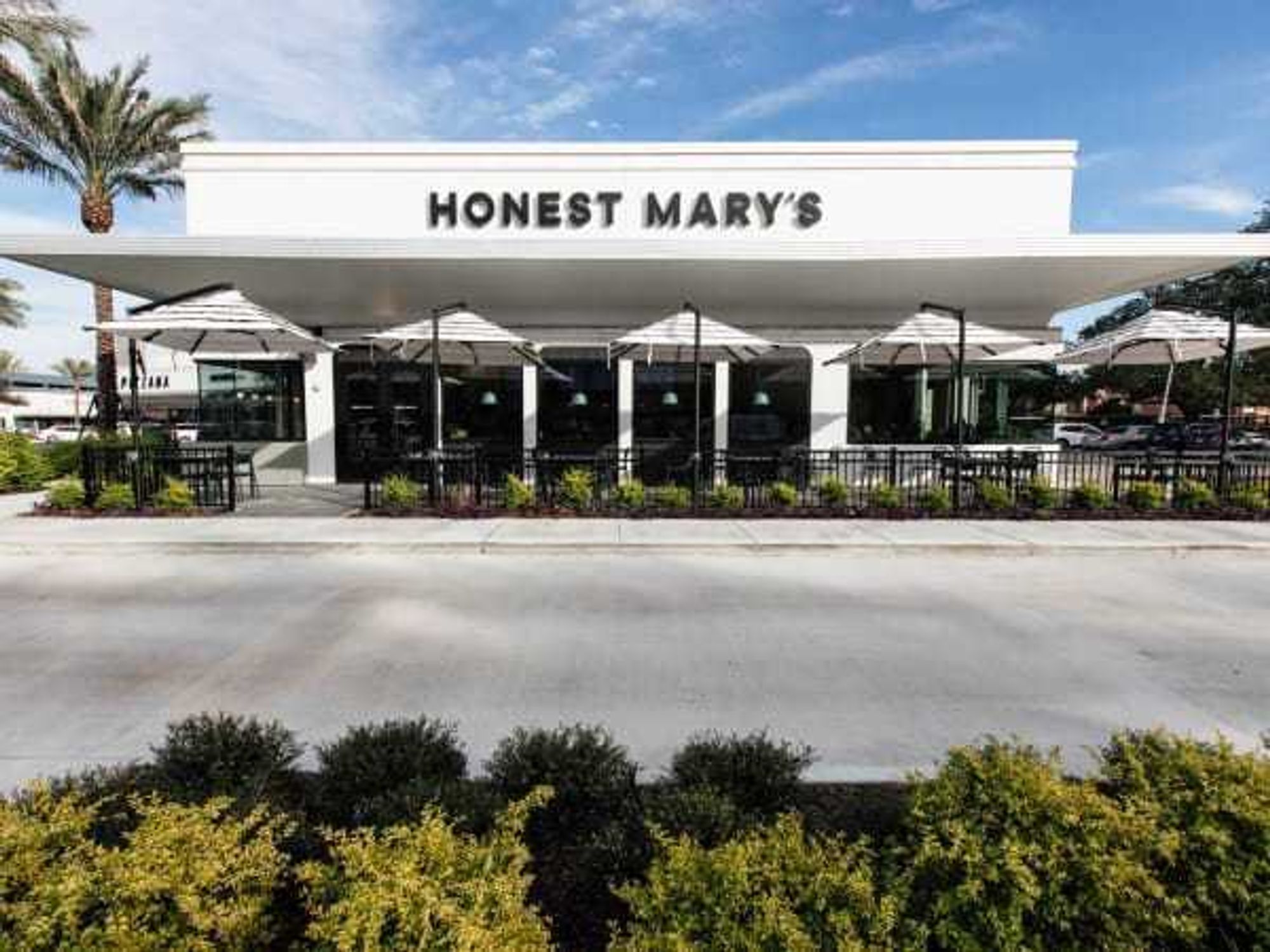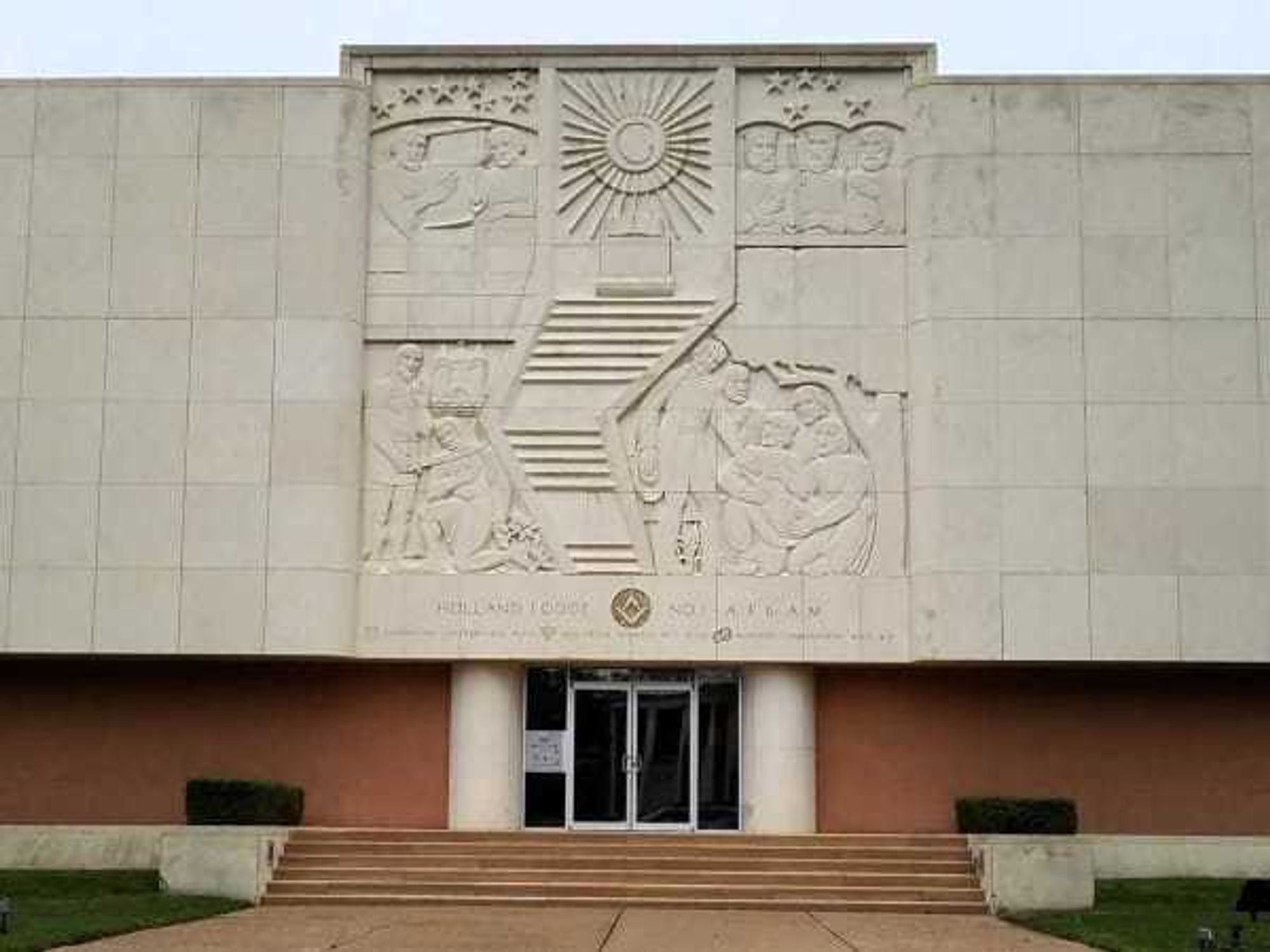Tattered Jeans
Eroding the dream: Hailed by fishermen, the Rollover Fish Pass is a nightmarefor homeowners
 Viewing the Gulf from Rollover Fish PassPhoto by Katie Oxford
Viewing the Gulf from Rollover Fish PassPhoto by Katie Oxford The historical marker before Hurricane Ike
The historical marker before Hurricane Ike Remnants of Hurricane IkePhoto by Katie Oxford
Remnants of Hurricane IkePhoto by Katie Oxford The shimmering seaPhoto by Katie Oxford
The shimmering seaPhoto by Katie Oxford The historical marker post-Hurricane IkePhoto by Katie Oxford
The historical marker post-Hurricane IkePhoto by Katie Oxford Photo by Katie Oxford
Photo by Katie Oxford Gulf viewPhoto by Katie Oxford
Gulf viewPhoto by Katie Oxford Gulf of Mexico from Rollover Fish Pass on Highway 87Photo by Katie Oxford
Gulf of Mexico from Rollover Fish Pass on Highway 87Photo by Katie Oxford An afternoon of fishingPhoto by Katie Oxford
An afternoon of fishingPhoto by Katie Oxford Need a pole, anyone?Photo by Katie Oxford
Need a pole, anyone?Photo by Katie Oxford Facing East Bay and Intracoastal Waterway from Rollover Fish Pass on Highway 87bridgePhoto by Katie Oxford
Facing East Bay and Intracoastal Waterway from Rollover Fish Pass on Highway 87bridgePhoto by Katie Oxford Rollover Fish Pass at Bolivar PeninsulaPhoto by Katie Oxford
Rollover Fish Pass at Bolivar PeninsulaPhoto by Katie Oxford
Rollover is the historical name given the narrowest part of Bolivar Peninsula.
Stories vary as to how Rollover got its name. The historical marker erected there in 1963 states that early ship captains, preferring to avoid contact with the customs officials in Galveston, would roll barrels of imported merchandise from the Gulf side of Bolivar Peninsula over to East Bay. Others claim it originated from a man who commented that the place was so low, he could lie on his back and roll right over into the bay.
Still others say that neither story is true.
The Pass was supposed to be 50 feet across. At the end of the day, however, the action of the water has made it 200 feet wide and growing.
In 1955, the Corp of Engineers cut a channel across Rollover, thereby, connecting East Bay with the Gulf of Mexico and named it Rollover Fish Pass.
Parties behind this project were the Texas Game and Fish Commission, Bayshore Rod, Reel and Gun Club (now known as the Gulf Coast Rod, Reel and Gun Club), and countless sportsmen and sportswomen. Plus who knows how many lobbyists and politicians.
By cutting the channel, it allowed salt water from the Gulf of Mexico to mix with the East Bay directly behind. This caused an increase in the bay water salinity, which in turn, drew the fish into the bay to spawn and feed.
The historical marker erected nearby brags that the Pass, “has greatly improved salt water fishing conditions for the thousands of sportsmen who flock to East Bay throughout the year.”
The historical marker that man had left applauding what he had done was broken like a piece of peanut brittle.
But for homeowners living on Bolivar Peninsula, the Pass brought great heartache. Many would lose land and eventually, their homes. Water rushing through the pass created a constant suction, which was exacerbated during storms of any magnitude. Great eddies would form on either side of the pass, relentlessly eroding the beach and scouring along the shoreline like huge eggbeaters.
Years ago, I spoke with a man who claimed to have been there when they made the first cut.
“When they cut that thing,” he told me, “It ripped wide open. I told my buddy, ‘They have no idea what they’ve just done.’ " And he was right.
The Pass was supposed to be 50 feet across. At the end of the day, however, the action of the water has made it 200 feet wide and growing. The wider the pass has grown, the more erosion has occurred on the Gulf side of the peninsula.
The improved fishing on the one hand and the devastating erosion on the other, understandably, have created an ongoing and escalating debate about the future of the Pass. In recent years, the idea that the erosion would destroy even more seems to have gained the upper hand.
In fact, a friend recently called me saying that she’d heard that they might be closing the Pass. It was a rumor that had been going around for years but if it was true, as a long time advocate of closing the Pass, I wanted to be there.
Turns out, it was not closed so the debate goes on.
But as I stood there looking at the Pass, I noted a sign from Mother Nature of how the debate was going to end. The historical marker that man had left applauding what he had done was broken like a piece of peanut brittle.
It was a reminder of what Mother Nature has told us many times. She is there for us to enjoy, not change.

 The building at 4911 will be torn down for the new greenspace. Holland Lodge No. 1, A.F. & A.M./Facebook
The building at 4911 will be torn down for the new greenspace. Holland Lodge No. 1, A.F. & A.M./Facebook